artworks, artists and exclusive offers. Sign up now
[INTERVIEW] Interview with Stephanie Kilgast “What we call ‘nature’ is life, it is us.”
MARCH 3, 2020
By Ungyu Yeo
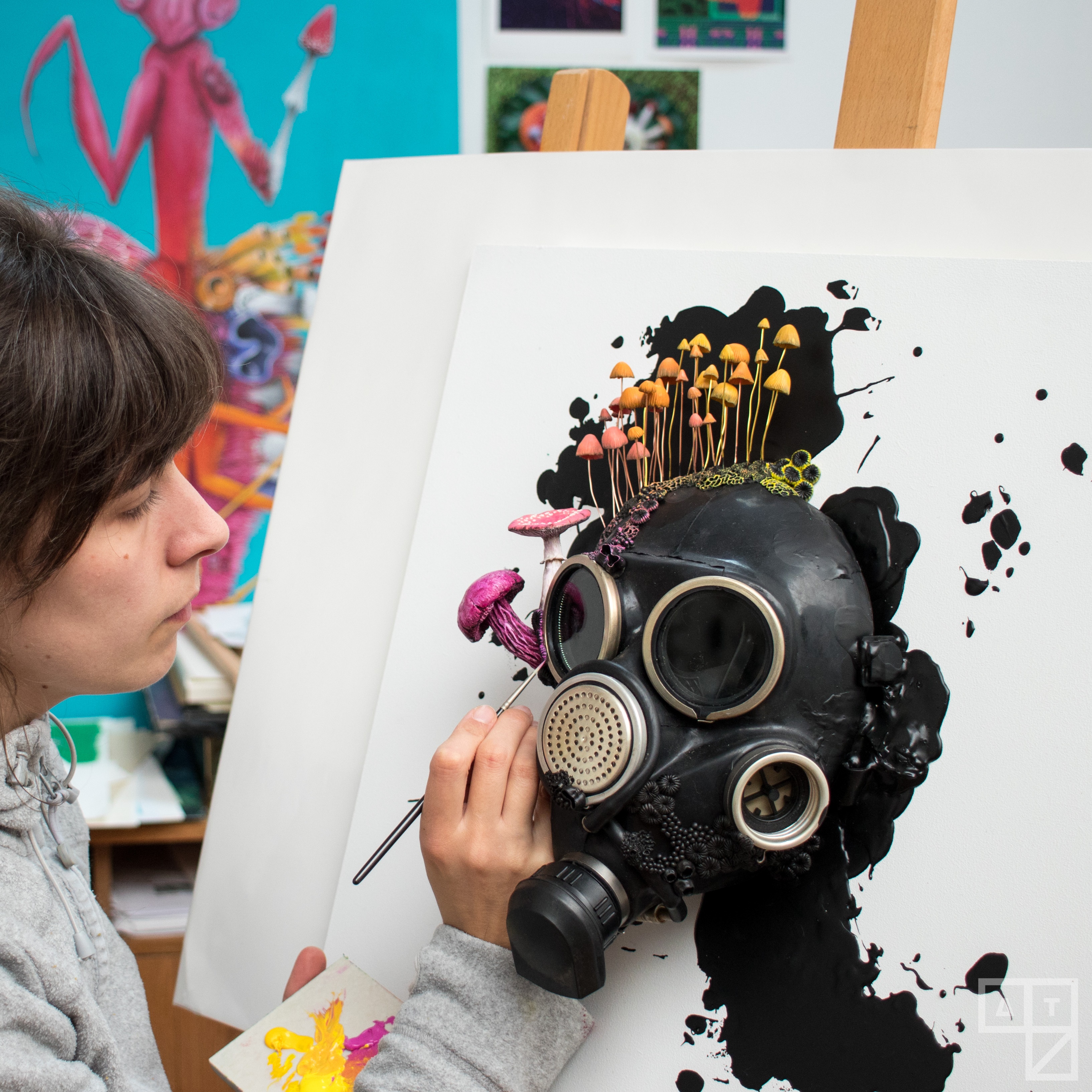
Hi, Stephanie. How would you describe styles or genre of your artwork?
I am not sure it really fits in an
academic style. I usually explain that I take trash or thrifted object and that
I sculpt a colorful representation of nature on top of the object.
Can
you tell us about the process of making your work?
I use objects made by humans that pick
my interest. I often choose trash, as it helps the viewer to comprehend what my
work is about, but sometimes I simply take objects that inspire me.
Usually my work begins with the
object. Sometimes I have a very clear idea of what do to with an object.
Sometimes I just decide on a color scheme and go from there.
I don’t really plan my sculpture out
in details, I usually draft a very quick sketch and have an idea of colours and
then I let my hands and subconscious guide me. My work is created much like it
looks, it is a very organic growth.
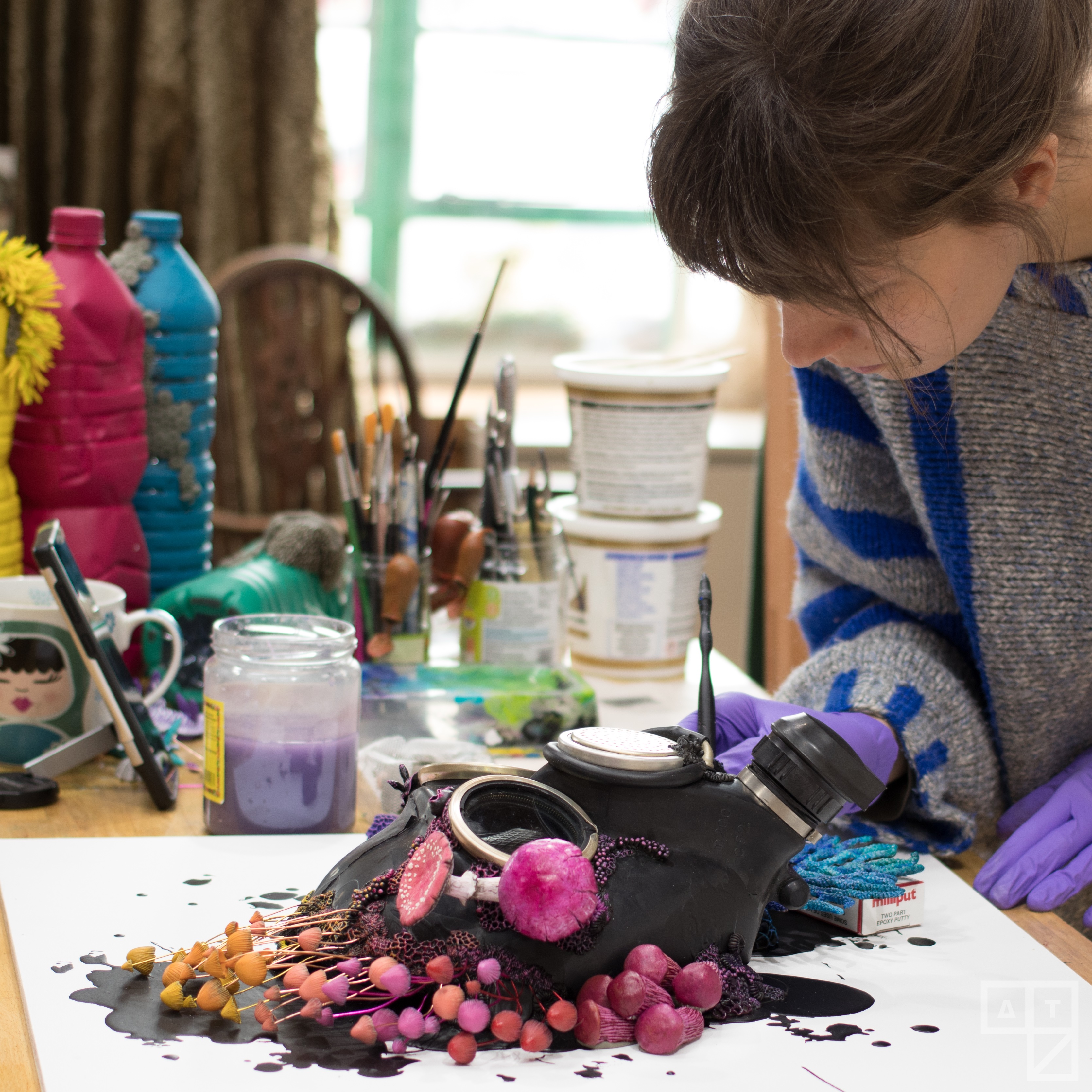
How
did you come up with the idea of multicolorful expressions?
I really like colours, that is the first reason.
The second is more rational, I work on the environmental impact of humanity, climate change, the energetic crisis, over-consumption and general pollution. It is a very heavy and depressing subject, so I use a lot of colours to balance it out, but also to give some hope and joy in these times of uncertainty.
What
would you say is the main reason that you’re attracted to natural forms?
What we call “nature” is life, it is
us. The whole of our existence would not exist without it. I simply put it in
front of our eyes again.
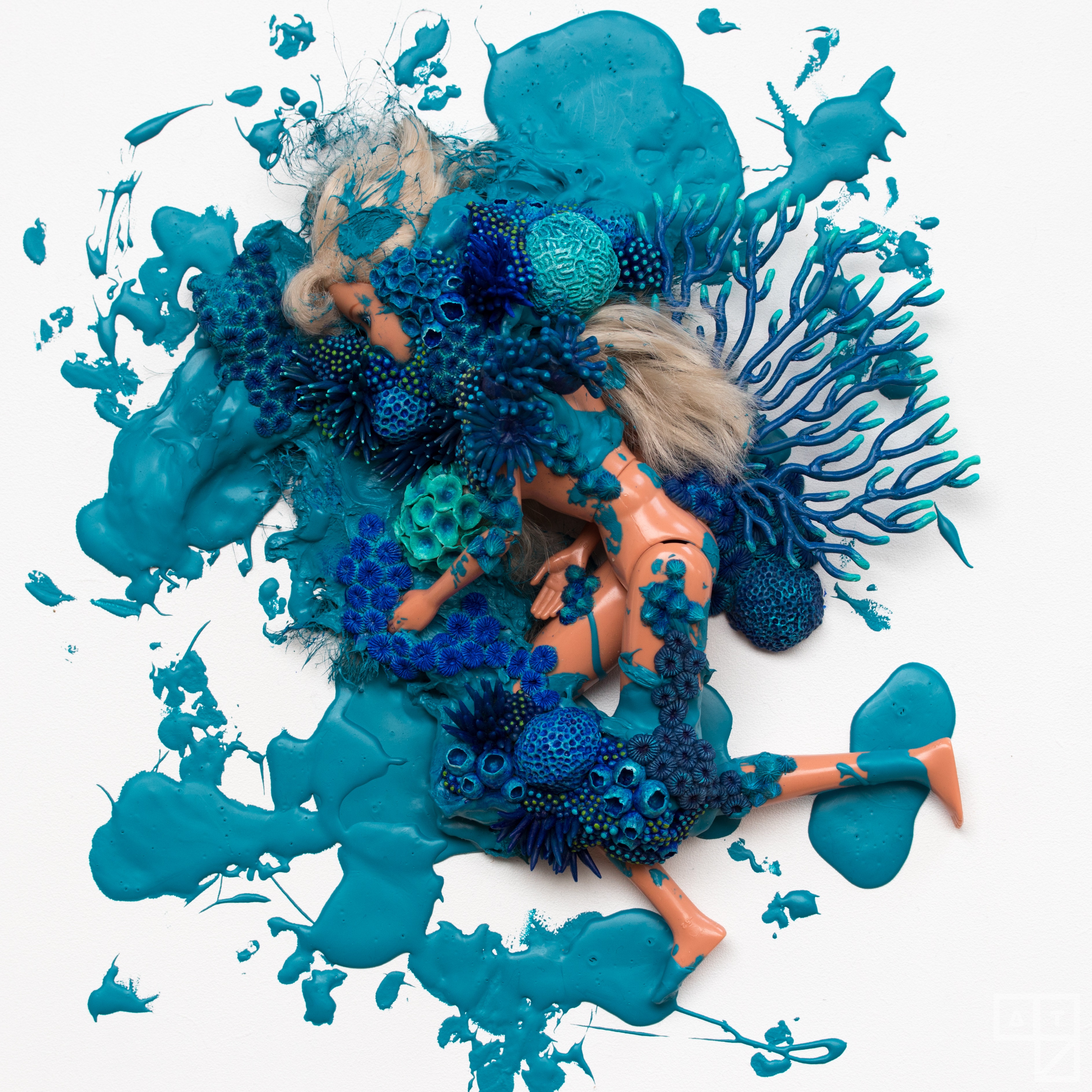
What
piece of your artwork would you like to be remembered for?
No particular one. I don’t really want
to be remembered. I would like that people find the courage to change their
lifestyle and society.
The collaboration pieces with
@miles_art are popular artworks online. Any behind stories about them?
Humans are not really a subject I work on, so when I was approached for that collaboration, it was an interesting challenge. But at the same time, the moment I saw that woman weeping over a dead body, I knew immediately what to do with it.
Adding luscious colourful life on the
decaying body was obvious to me. Life keeps going. Always.
What
was your unforgettable exhibition so far?
Didn’t really have one that was.
Who
are your biggest influences?
I am not sure influences is accurate, but I admire the work of Tiffany bozic, as much for her skills but also the meaning of her work.
I also like the work of Courtney Mattison.
Was there a pivotal moment when you decided to follow your path as an artist?
Yes there was. I used to sculpt
miniature replicas of food for dollhouse collectors and as jewellery.
Somewhere around 2013 I changed my
diet for environmental reasons and ended up not eating meat anymore, turning
toward a mostly plant based diet.
This change was quite big in my life
and so I needed to express it somehow in my work. I decided to challenge myself
in 2015, and sculpted one different fruit or vegetable everyday. I did so for
233 days.
This challenge is what I consider to
be my first piece of art and also what pushed me to pursue a creative research.
Daily Mini Veggie Challenge
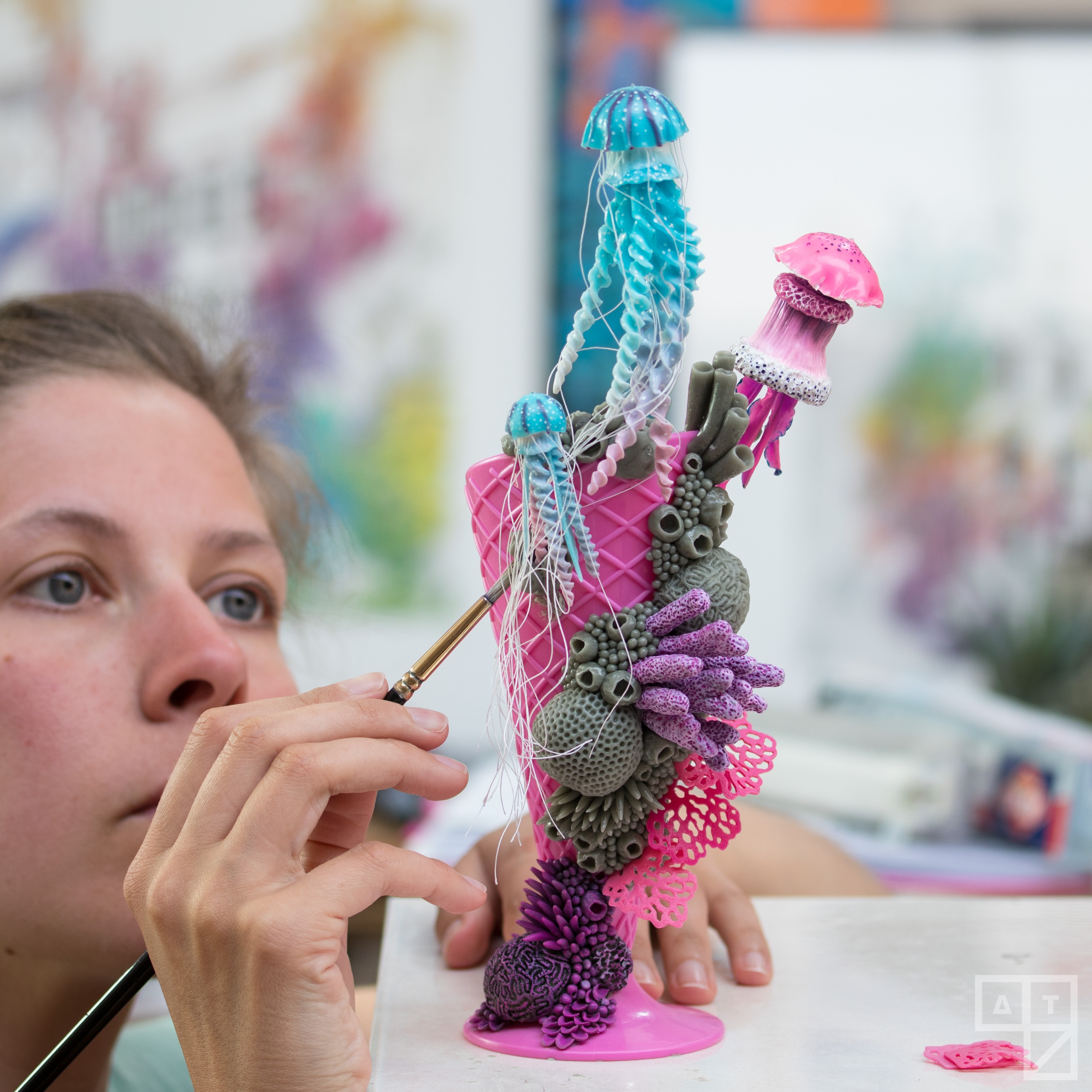
You’re
French, but born in Frankfurt am Main, Germany. Could you tell us about your
story when you were little?
My mum is French and my father is Finnish. They met in Frankfurt and so I came to life. In Germany exists the law of blood, so you are born with the nationality of your mother, hence why I am French.
My parents split when I was about 3 years, which prompted my Mum to go back to France, but she eventually came to Frankfurt again for a job opportunity and also to grant me a better education when I was about 6.
I went to a French
school and passed the French baccalauréat. After that I came to France to
study, and never left that country.
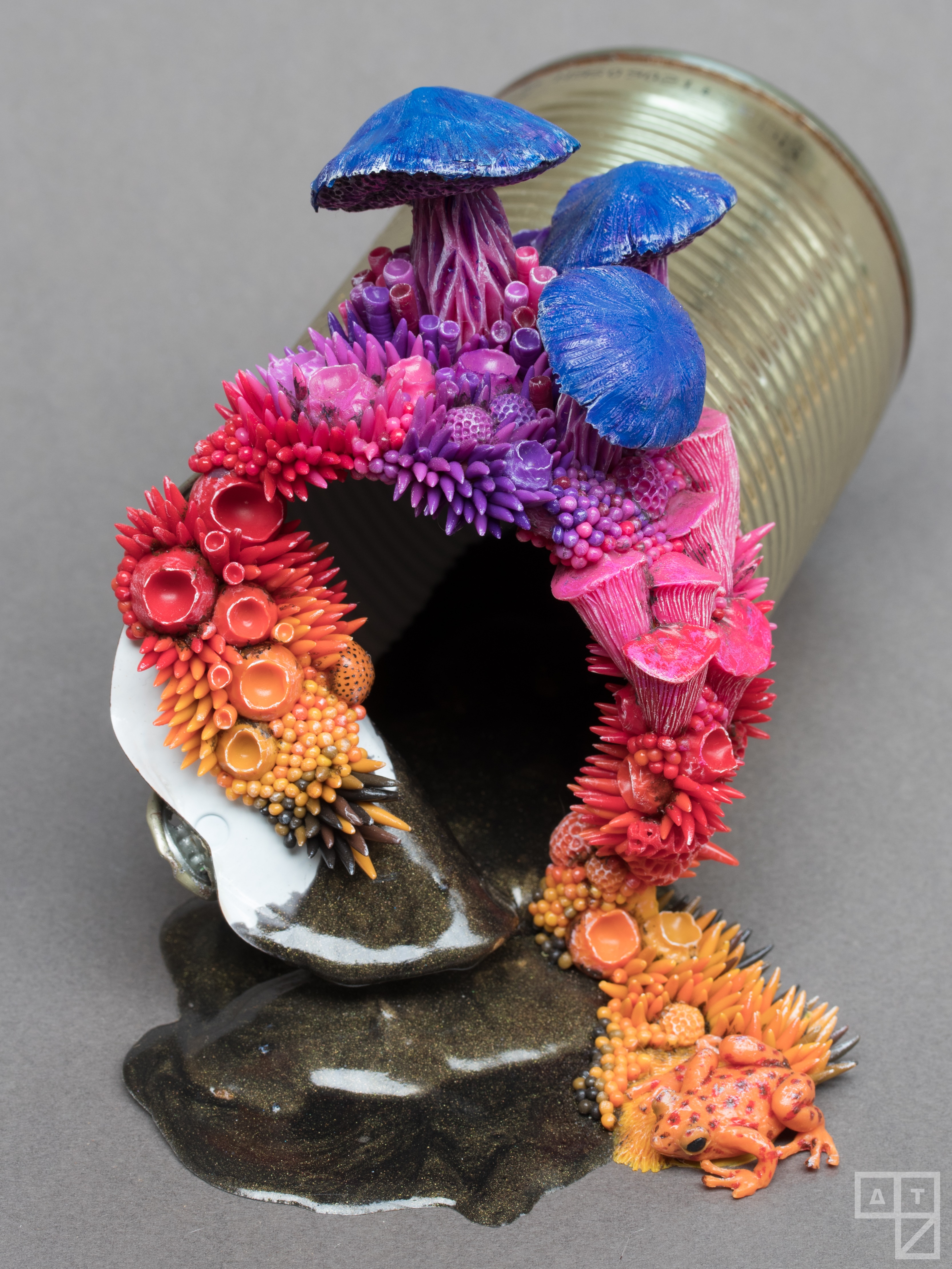
You’ve
graduated, at Ecole d’Architecture de Marne La Vallée, Ecole d’Architecture de
Paris La Villette, Paris with a degree in Architecture. How was your university
experience?
It was a bit stressful. I actually changed university a few times. I did one year of art university, it was the time where conceptual art was big and I really didn’t like that.
Students would break glass as a statement. A bit boring. So I switched to architecture studies and did my bachelor at EAVT in Marne la Vallée, where I met my partner and we decided to switch to another architecture school because we where put under too much pressure and really had it enough of that school.
It was a good thing, as changing schools gave us the opportunity to go to South Korea while students. Our school had a partnership with 5 schools of the world and each year, all students of the 5 schools would do a project in one of the countries. During our year, it was South Korea. Certainly one of the better travelling experiences.

If
you could work within a past art movement, which would it be?
I would work along Kandinsky, so
abstract expressionism. Mostly because I love his colors.
Or maybe next to Caspar David
Friedrich, as I love his paintings, themes and skills.
How
did you become a social media influencer?
I don’t think I am one.
How
social media is changing our art experience?
It makes art more accessible, which is
a good thing, but it is also a terrible distraction.
You have to see it as a tool, but
don’t put too much into it. Art is still better experienced in life.
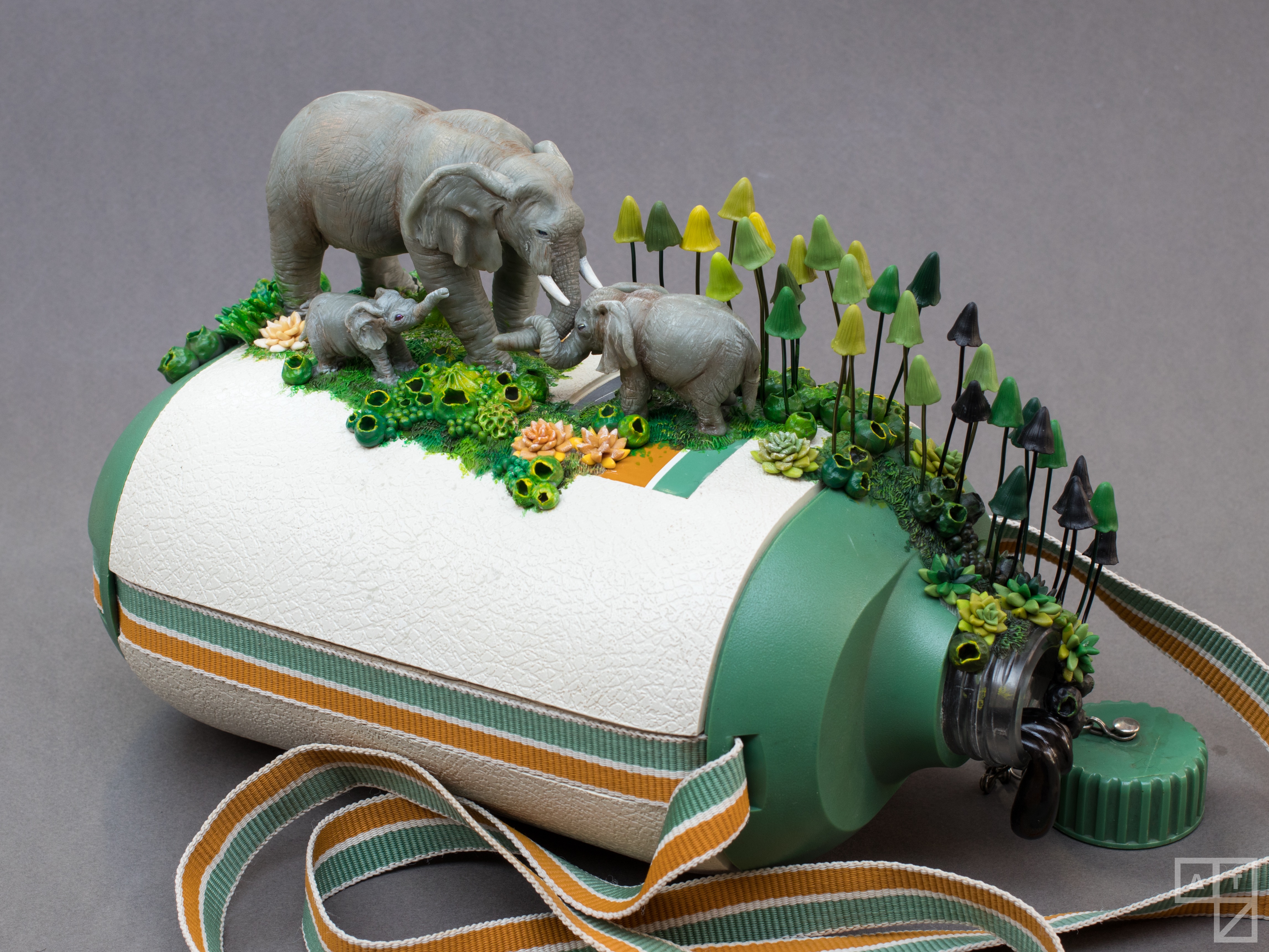
Let’s
go with would you rather question. Would you rather be able to control fire or
water?
I’d rather not control fire nor water.
I think humans control too much as it is already.
Thank
you. Would you like to say something to your Korean fans through Art Terms
Magazine?
Kamsahamnida! Thank you for reading!
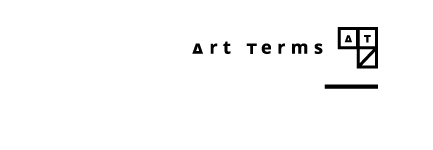
| Prev | [FAIRS] SCOPE New York 2020 |
|---|---|
| Next | [FAIRS] The Armory Show 2020 |
| List |